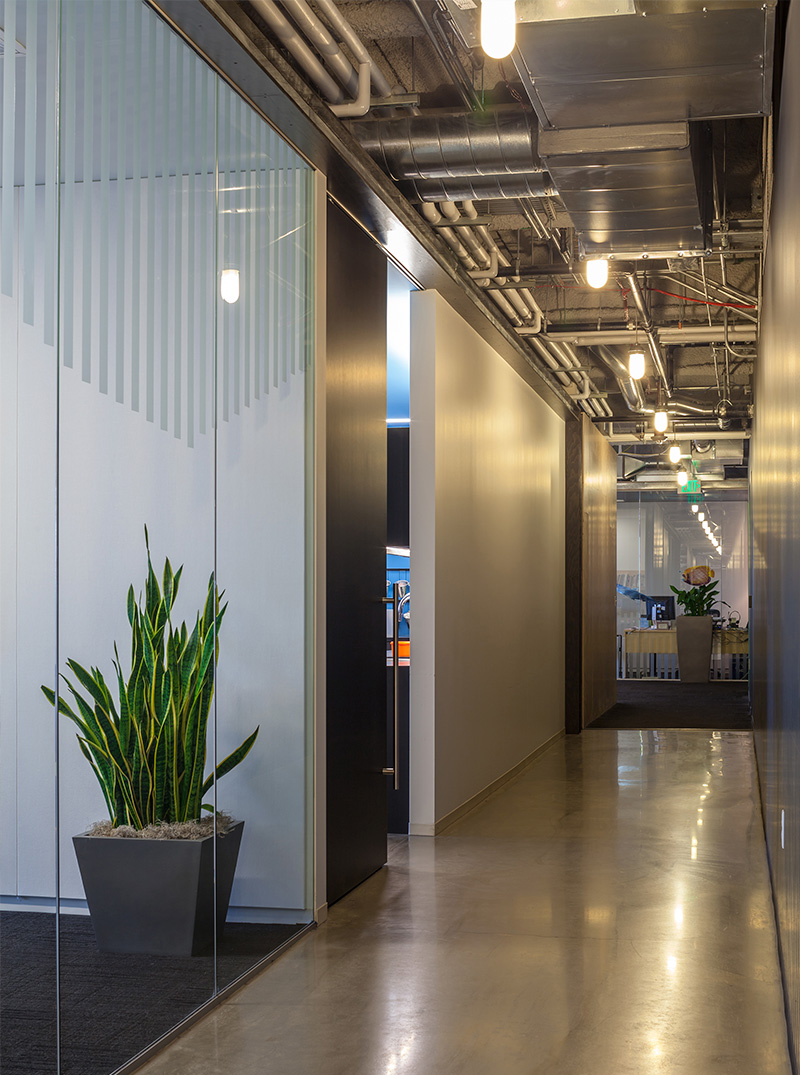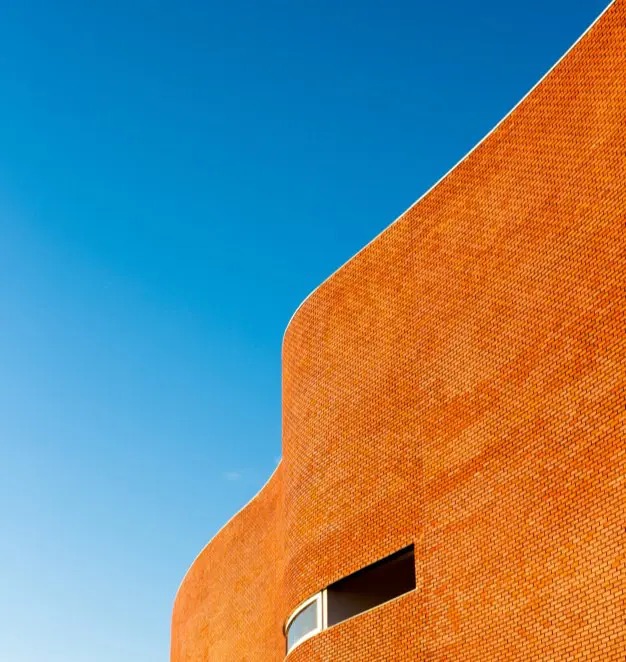In the dynamic commercial landscape, the safety and security of personnel and product stand as cornerstones of success. Crime Prevention Through Environmental Design (CPTED) emerges as a strategic framework that binds architectural ingenuity with crime prevention, and time-proven tactics. This blog investigates CPTED, succinctly showcasing its application in diverse commercial domains, such as retail establishments, office complexes, and industrial factory hubs. You will have gained a basic, yet insightful perspective on how CPTED can be the pivotal factor in deterring criminal activities while fostering an atmosphere of growth and prosperity.
Table of Contents
- Understanding CPTED
- The Pillars of CPTED
- CPTED in Retail Stores
- Strategic Illumination
- Layout for Visibility
- Access Control
- CPTED Strategies for Office Buildings
- Entrance Management
- Interior Arrangement
- Outdoor Aesthetics
- Securing Industrial Complexes with CPTED
- Perimeter Fortification
- Functional Zoning
- Empowered Workforce
- Conclusion
- Frequently Asked Questions (FAQs)
In the modern business landscape, security is no longer an option but a fundamental necessity. CPTED, an innovative approach that blends quality design with time-proven crime prevention methods, offers an avenue to achieve both. This blog entry takes you through the basics of CPTED and how it can be used to transform commercial spaces into more secure, quality environments.
Understanding CPTED
CPTED is grounded in the belief that the design of physical spaces can influence human behavior, including criminal tendencies and behavior. It emphasizes the integration of proven law enforcement security guidelines into the design of a space; thus, creating an environment that discourages criminal activities and encourages positive engagement. If a perpetrator were to compare a facility incorporating CPTED principles, versus one that does not, that criminal would choose to target the facility without intrinsic, natural defenses.
The Pillars of CPTED
The foundation of CPTED rests upon three core principles: natural surveillance, access control, and territorial reinforcement. These principles intertwine with architectural design and human behavior study results to curtail opportunities for crime. An additional CPTED concept is that of maintenance. If the spaces are well maintained, they demonstrate care and surveillance, thus making those spaces less of a target.
CPTED in Retail Stores
Strategic Illumination
Lighting reveals. Adequate illumination not only enhances visibility but also communicates vigilance. By eliminating shadowy corners, lighting serves as a deterrent, highlighting a space or a product, and reducing the appeal of potential wrongdoing.
Layout for Visibility
CPTED promotes an open and unobstructed layout that facilitates visibility [and policing by capable guardians]. It's like orchestrating a play on a well-lit stage, where every action is visible, and can be followed by the audience. Such well-lit displays/layouts reduce hiding spots and ensure that no portion goes unnoticed by both consumers and/or employees.
Access Control
Access control mechanisms allow only authorized individuals to enter designated areas. Key cards, biometric scans, and controlled entry points are gatekeepers to specific areas, ensuring only those with permission gain access to a space.
CPTED Strategies for Office Buildings
Entrance Management
In office buildings, entrances are the first line of defense. Access cards, turnstiles, portals, keyed elevators, and security personnel work in tandem to control entry. A building management system can work very effectively with capable guardians to restrict access to unauthorized persons and alert the capable guardians in the building.
Interior Arrangement
Interior layout plays a pivotal role. Open concepts coupled with clear sightlines ensure that circulation and personnel movements are observed. Oftentimes, it is imperative that VIP access not be set up in an “efficient” straight line….without having checks, and capable guardians, along the way.
Outdoor Aesthetics
The exterior of an office building sets the tone for security. Landscaping well laid out and devoid of potential hiding spots and overgrown foliage conveys an image of stability and watchfulness. Special attention must be given to adequate lighting and to first responder efforts in addressing any eventuality at each office building.
Securing Industrial Complexes with CPTED
Perimeter Fortification
Industrial complexes house employees and valuable physical assets. Implementing measures like fencing, security gates, and surveillance cameras establishes a secure perimeter. The nature of some of these complexes can be extremely complicated and may house hazardous materials, biologics, and product stores that need to be kept in containment and/or under watchful eyes. Additional security measures, adequate detection/reporting, and alarm systems are planned for these facilities. CPTED can be cost-effectively used by incorporating natural surveillance, access control, and territorial reinforcement so that “fortressing” can be minimized.
Functional Zoning
Think of functional zoning as a city's blueprint. Separating areas based on function/purpose can be used to prevent unauthorized access into dissimilar areas. It's like dividing a city into districts, each with its own purpose and regulations. Once required adjacencies are planned, functions can be grouped, and much can be done in segregating access on an “as needed” basis.
Empowered Workforce
Educating employees about security measures and encouraging them to report suspicious activities creates a network of vigilant guardians. Your workforce turns into an effective neighborhood watch that knows what is supposed to be happening and where…and is trained to respond to malfunctions in the system. CPTED can help enforce clear ingress/egress paths as well as direct occupants to well-defined meeting and working areas.
Conclusion
Safety as a value, and enhanced security, are valuable components of any thriving commercial and industrial endeavor. CPTED offers a proactive approach that not only helps safeguard spaces but also contributes to their vitality and reinforces the “Sense of Place.” By merging professional design and CPTED’s enhanced safety and security principles, businesses can cultivate an improved working environment.
Frequently Asked Questions (FAQs)
-
Can CPTED be implemented retroactively? – Yes, CPTED principles can be adapted to existing spaces through strategic, cost-effective modifications.
- Is CPTED a replacement for traditional security measures? – CPTED complements traditional security measures by embedding security into design, creating a more complete approach.
- Is CPTED a one-size-fits-all solution? – CPTED is versatile and can be tailored to suit the unique needs of various commercial spaces.
- Does CPTED require significant financial investment? – Many CPTED strategies involve cost-effective design adjustments that yield substantial security benefits.
- Can CPTED guarantee zero incidents of crime? – While CPTED significantly reduces the likelihood of criminal activities, it cannot offer absolute guarantees. It's part of a comprehensive security strategy.





